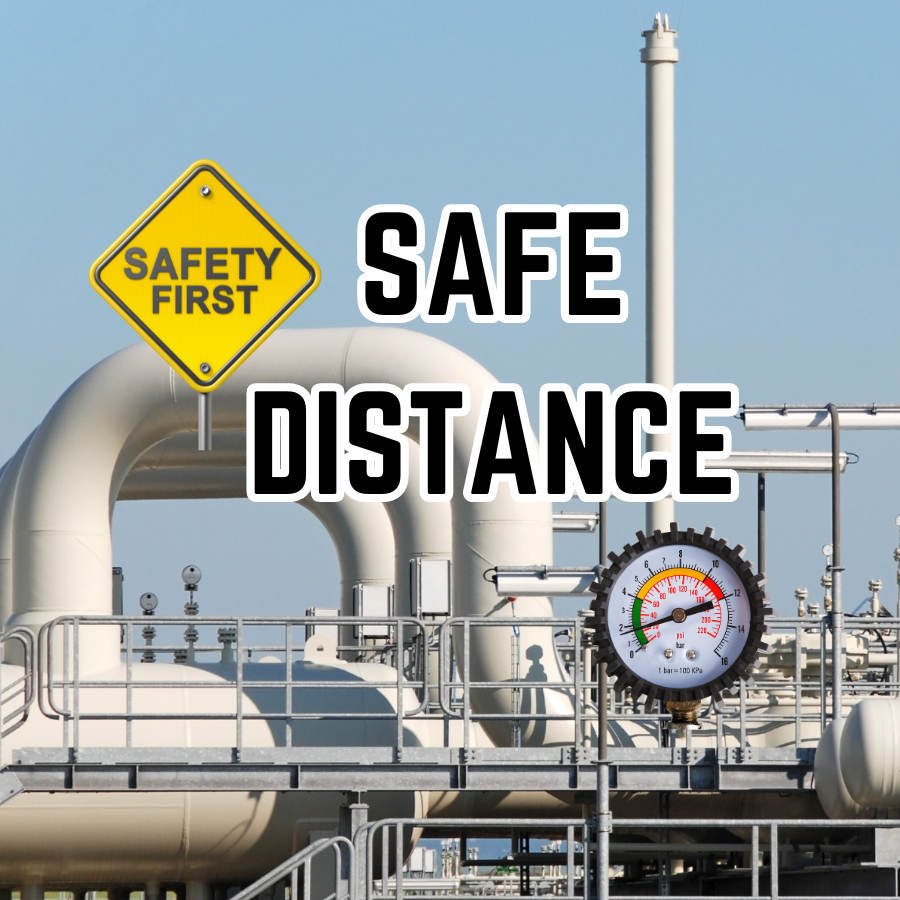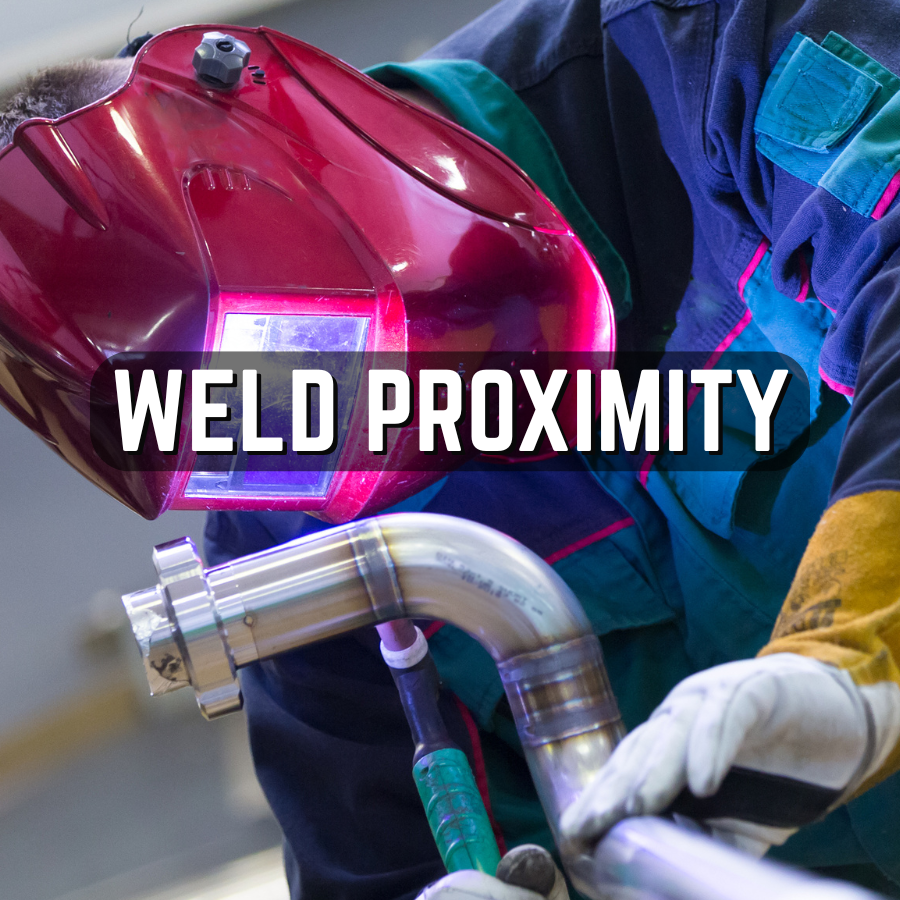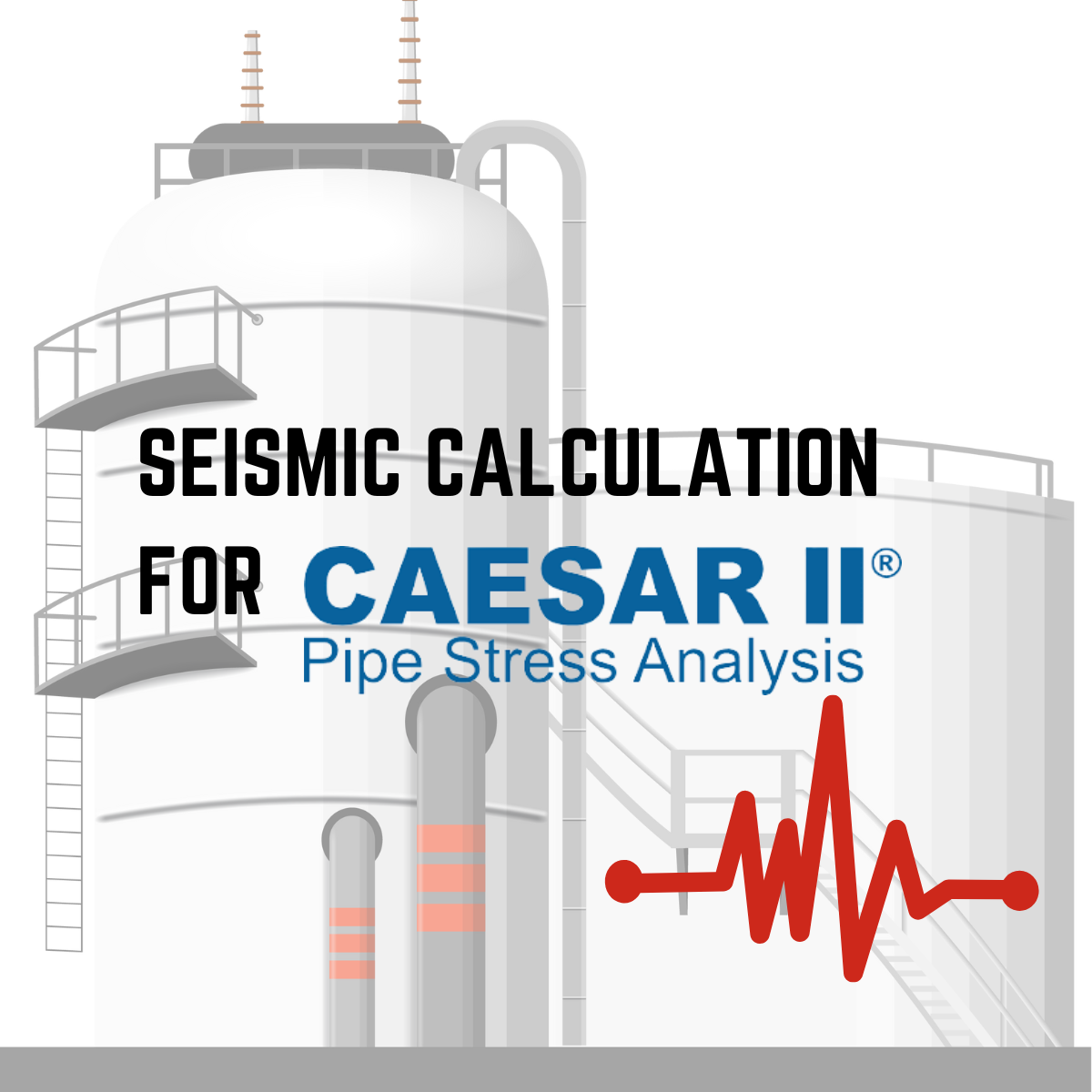PIPING STRESS, DESIGN AND SUPPORT ENGINEERING
“Liken your piping design with equipment behavior.”
Welcome to PipingStress.Net, your premier destination for cutting-edge insights and comprehensive training in Piping Design and Piping Stress Analysis. As a hub for engineering excellence, we are dedicated to empowering professionals, students, and enthusiasts with the knowledge and skills needed to navigate the intricate world of piping systems.
Our mission is to bridge the gap between theory and practice, offering immersive learning experiences that blend industry-relevant knowledge with practical applications.
At PipingStress.Net, we recognize the critical role of Piping Stress Analysis in ensuring the structural integrity and reliability of piping systems. Our blogs go beyond the basics, delving into the nuances of stress analysis, compliance with industry standards, and the utilization of advanced tools and software for accurate and efficient designs.
Piping design is the backbone of numerous industries, ensuring the safe and efficient transportation of fluids and gases within complex structures. Our platform is your gateway to a wealth of resources, courses, and expert guidance that cover the entire spectrum of piping design.
A piping engineer will find different subjects not only the piping engineering but also equipment and the equipment’s behavior under operating conditions and various external forces.
This blog site is for Piping Engineers, Piping Designers, Piping Stress Engineers and Mechanical Engineers.
Join our community of learners and industry professionals to stay at the forefront of Piping Design and Stress Analysis. Explore our blog, engage in hands-on learning, and unlock new possibilities in the world of piping engineering.














This blog is intended as a guide to determining the minimum safe spacing of plants and equipment in Oil Refineries, Petrochemical Complexes, and similar installations.
The spacing recommendations will apply in the absence of Clients' standards or supplement such standards where necessary. They are based on current industry practice.
The spacing recommendations aim to ensure that available plot areas are used economically without affecting personnel safety or plant vulnerability.